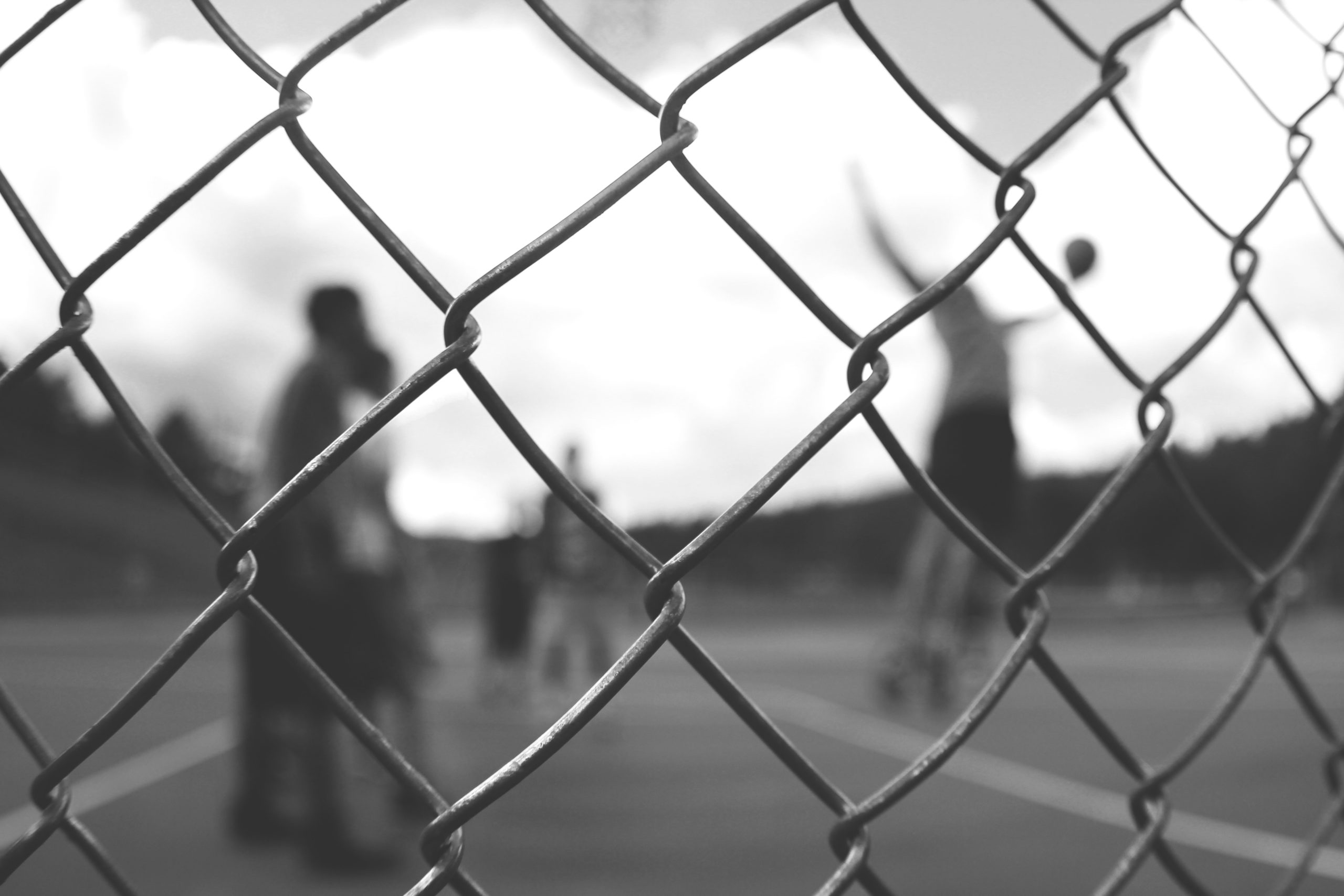
The Battle to Reclaim Purpose-Based Sports
In a recent Time Magazine cover story, “How Kids Sports Became a $15 Billion Industry,”author Sean Gregory outlines a troubling trend in the youth sport experience. Organized athletics was developed in the early 20th century as a recreational outlet to increase children’s fun, exercise and character development. Today, the $15 billion industry has drastically changed the purpose. “Across the nation, kids of all skill levels, in virtually every team sport, are getting swept up by a youth-sports economy that increasingly resembles the pros at increasingly earlier ages.” Mirroring professional sports, today’s monetized youth sports industry is adult-driven; prioritized and run by adults, for the benefits of adults, fueled by the dreams and aspirations of parents and adults and built on the backs of youth.
This adult-driven, professionalized youth sport experience demands that students sacrifice and specialize at an early age often producing fear, anxiety, stressed-out and over-pressured participants. Gregory asks, “as community-based teams give way to a more mercenary approach, it’s worth asking what’s lost in the process. Already there are worrying signs. A growing body of research shows that intense early specialization in a single sport increases the risk of injury, burnout and depression.”
As proponents of purpose-based athletics, educators need to step up and redefine the purpose of sports in student’s lives. The goal is to win. We play, plan and prepare to win every game. Learning to work with other people to accomplish a common goal is an important life skill. But winning in and of itself is not the purpose. The purpose is the human growth and development and the connection to caring adults whose priority is to utilize sports in their growth and development.
As educators, parents and community leaders, we must lock arms and create a culture of purpose-based sports that can confront the dysfunction of the current youth sports industry. Sports experiences should be designed to grow the human potential of students while connecting them to caring adults in their learning communities. School communities can initiate the change process through establishing a new foundation for a positive sports culture. Start with the following five steps:
- Educate and align school community stakeholders in the common language that defines the difference between goals and purpose. The goal is to win the game. The purpose is the human growth and development of students while connecting them to caring adults in their learning community.
- Ask adults to develop a clear, succinct purpose statement that defines why they are showing up to students.
- Create a collective purpose statement that promotes a shared vision around the impact the organization is trying to make in the lives of students.
- Develop a definition of success that clearly defines and measures programmatic success beyond the outcome of the game.
- Define a coach’s job description of what it means to be an education-based coach for the school or community.
Youth sports that are prioritized by adults, for the benefit of adults, and fueled by the dreams and aspirations of adults has resulted in a $15 billion youth sports industry that fails to serve students. It is time to give youth sports back to the students who participate by aligning around the purpose of what sports are and should be for the those who play.
